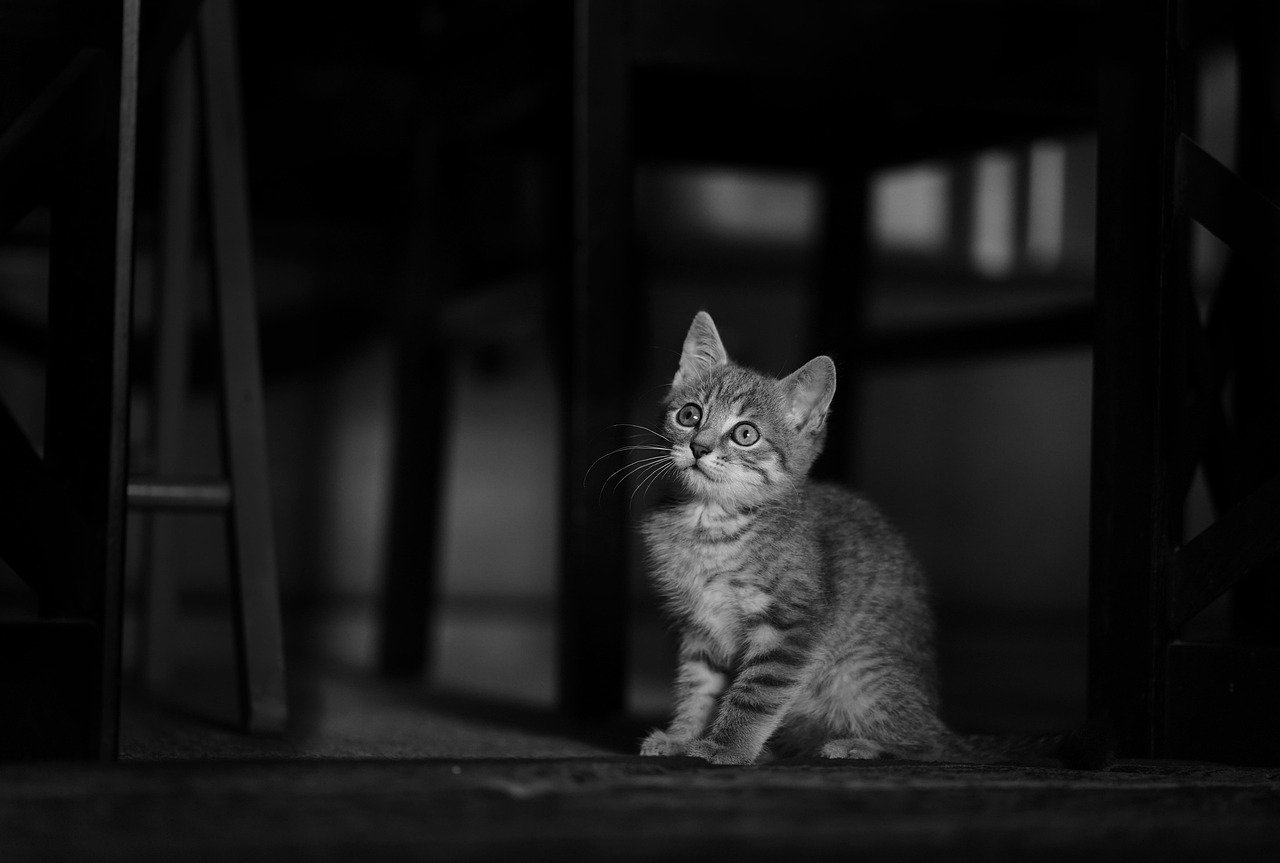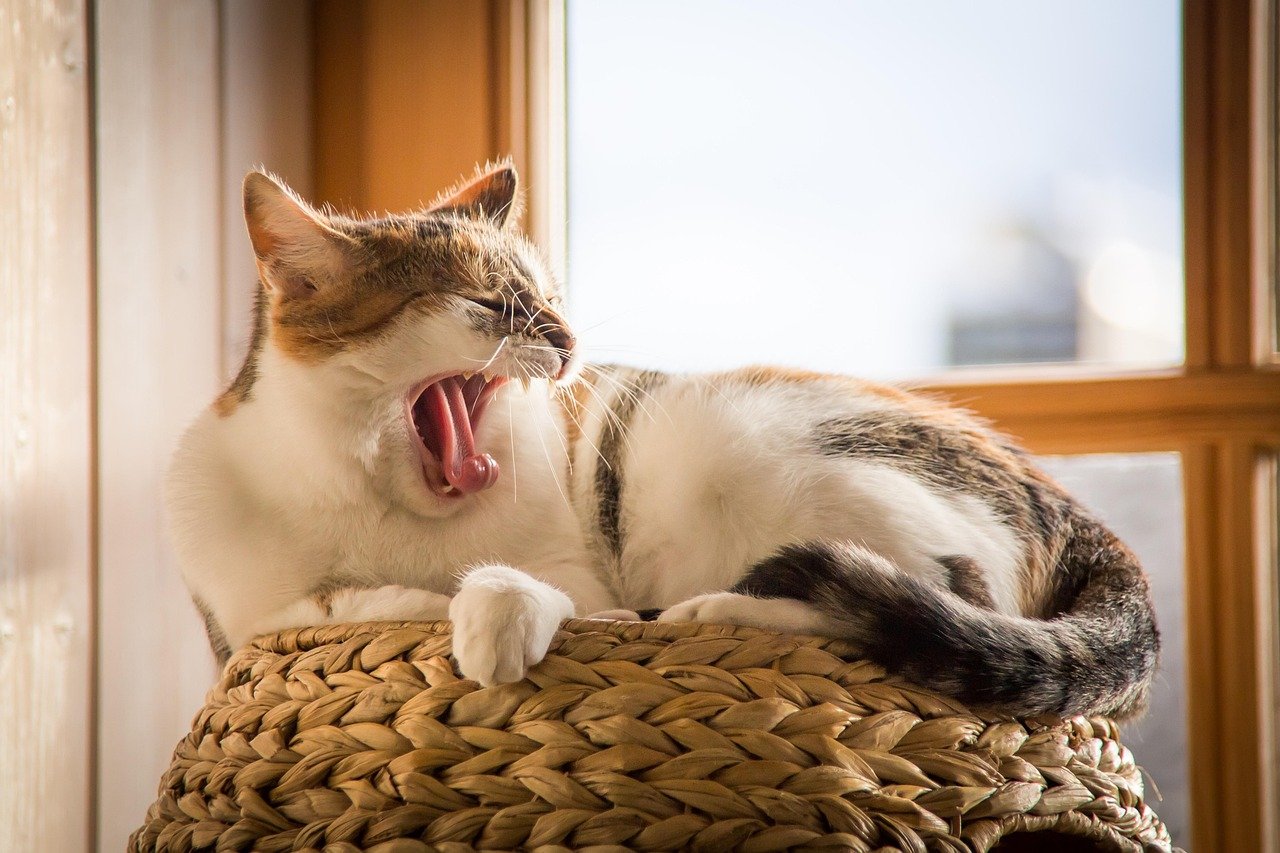Have you ever wondered what goes on in your cat’s mind? Cats are known for their mysterious and aloof nature, often leaving us puzzled about their true feelings. Yet, beneath those enigmatic eyes lies a world of emotions. Could it be that your feline friend is happier than you ever imagined? Let’s delve into the delightful world of cats and uncover the signs that reveal their hidden joy.
Purring with Purpose

One of the most heartwarming sounds a cat owner can hear is the gentle rumble of a purr. While purring is often associated with contentment, it serves multiple purposes. Cats purr when they’re happy, but they also purr when they’re anxious or in pain, using it as a self-soothing mechanism. If your cat purrs while cuddling or during playtime, it’s a strong indication of happiness. It’s like their way of saying, “I’m in my happy place.” So, next time your cat curls up beside you and purrs, know that they’re expressing their joy.
Playful Antics
A cat that frequently engages in play is a happy cat. Whether it’s chasing a feather toy, batting at imaginary prey, or darting around the house at lightning speed, these playful antics are signs of a content feline. Play is essential for a cat’s mental and physical well-being, and a cat that initiates playtime is displaying natural instincts and happiness. Think of it as their version of a joyful dance, celebrating life with every leap and bound.
Contented Grooming
Grooming is a natural behavior for cats, and a happy cat often spends a good deal of time keeping themselves clean. If your cat is regularly grooming themselves, it indicates that they feel secure and comfortable in their environment. A well-groomed cat is a happy cat, as they take pride in their appearance. On the flip side, a cat that neglects grooming may be stressed or unwell. So, when you see your feline friend meticulously licking their fur, it’s a sign they’re feeling good about life.
Curiosity and Exploration
Curiosity may have killed the cat, but it’s also a sign of happiness. A cat that actively explores its surroundings, investigates new objects, and shows interest in its environment is a content cat. This behavior indicates that they feel safe and secure enough to engage with the world around them. Cats are natural explorers, and their curiosity is a testament to their joy. So, if your cat is always on the lookout for new adventures, rest assured they’re enjoying life to the fullest.
Relaxed Body Language
A happy cat often exhibits relaxed body language. Look for signs such as a loose, swaying tail, half-closed eyes, and a calm demeanor. When a cat feels at ease, they may also expose their belly, a vulnerable spot, indicating trust and contentment. These subtle cues reveal a cat that feels safe and happy in their environment. It’s like they’re saying, “All is well in my world.” Pay attention to these signs, as they offer a window into your cat’s emotional state.
Healthy Appetite
A cat with a healthy appetite is usually a happy cat. If your feline friend eagerly approaches mealtime and enjoys their food, it’s a positive sign. Cats that are content tend to have regular eating habits and show enthusiasm for their meals. However, a sudden change in appetite could indicate stress or illness. So, a cat that eats well is not only physically healthy but also emotionally content. Their love for food mirrors their love for life.
Vocal Communication
Cats have a unique way of communicating with their owners through vocalizations. If your cat often meows, chirps, or trills in your presence, it’s a sign they’re happy and trying to interact with you. Each sound has a different meaning, and over time, you’ll learn to understand your cat’s unique language. These vocalizations are their way of sharing their thoughts and feelings, and a talkative cat is often a happy one. Listen closely, and you’ll hear the joy in their voice.
Affectionate Head Butts
When a cat head-butts you, it’s not an act of aggression; it’s a sign of affection. This behavior, known as “bunting,” is a way for cats to mark you with their scent, claiming you as part of their territory. It’s their way of showing love and trust. A cat that engages in this behavior feels secure and happy in their relationship with you. These gentle nudges are like little love taps, signaling a bond that brings them joy.
Tail Talk

A cat’s tail is a powerful indicator of their emotions. A high-held tail with a slight curve at the tip is a sign of a happy and confident cat. It’s their way of greeting you and expressing their contentment. Conversely, a low or puffed-up tail can indicate fear or aggression. By observing your cat’s tail movements, you can gain insight into their emotional state. A happy cat’s tail is like a flag waving in the wind, proudly displaying their joy.
Comfortable Sleeping Positions
Cats are notorious for their love of sleep, often spending up to 16 hours a day napping. A happy cat will sleep in a variety of comfortable positions, from curled up in a ball to sprawled out on their back. These relaxed sleeping positions indicate that they feel safe and secure in their environment. A cat that sleeps soundly is a cat that feels at peace. So, when you see your feline friend snoozing away, know that they’re in a state of bliss.
As you observe your cat’s behavior, you may discover that they’re happier than you ever thought. Cats have a unique way of expressing their emotions, and by understanding these signs, you can strengthen the bond with your feline companion. So, what would you have guessed about your cat’s happiness before reading this?

Growing up traveling and experiencing new cultures and wonders, I have had a passion for nature, adventuring, photography, and videography. I am currently working towards a BSc in Biodiversity and Ecology at Stellenbosch University, and I hope to specialise in Marine Sciences one day.
Please send any feedback to Feedback@animalsaroundtheglobe.com






